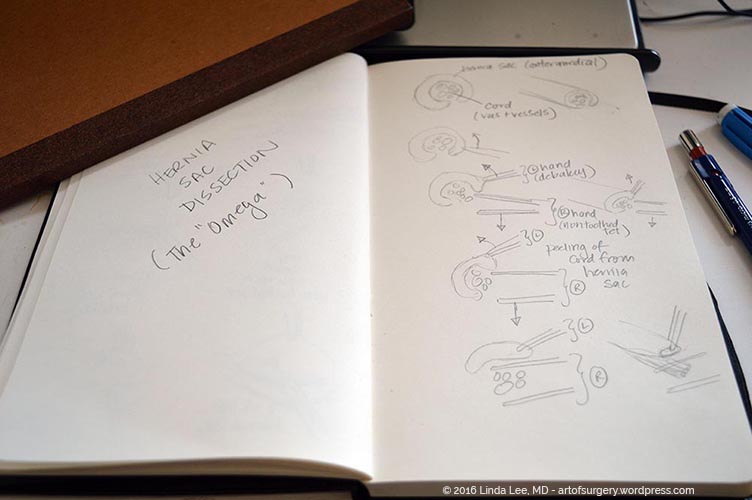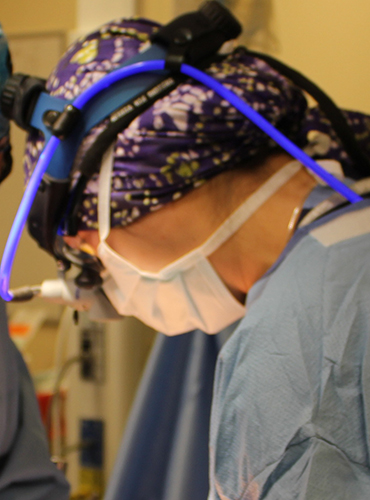It’s safe to say Dr. Linda Lee understands the power of medical illustration for communicating surgery. We learned about Dr. Lee’s work this past July, where she presented at the annual Association of Medical Illustrators conference in Atlanta, Georgia, to present her drawings and discuss her experiences in using medical illustrations to communicate with colleagues and patients. Because we were so fascinated by her talk, we scheduled a Skype chat to talk to her more about her work.
Dr. Lee is the creator of the Art of Surgery blog, which showcases her drawings of surgical concepts and techniques. As a pediatric surgical urologist, Dr. Lee deals with bladder cancer and congenital defects of the kidneys and urinary tract. “Nothing is routine” says Dr. Lee in reference to the many cases she sees and deals with.


While highly proficient at tonal pencil drawings, often her drawings are done on a tablet, which can be saved directly to a patient’s electronic medical record (EMR). Dr. Lee has noticed many of her colleagues have made complimentary notes on her drawings, and she encourages them to pursue the practice as well.
Clinicians can benefit from what Dr. Lee calls “visual note-taking” due to the active component to drawing. Drawings help to communicate the basic outline of a procedure, clarify surgical points such as a location of blockage, the goals of a surgical procedure, and what post-operative anatomy will look like. Visual note-taking helps the clinician learn, document and communicate.
The value of a drawing for patients is not only the final product, but the act as well. By drawing in front of patients, the surgeon can walk them through what can be an overwhelming amount of information in an ordered, step-by-step fashion. Patients appreciate the effort taken to do this, and as Dr. Lee reports, patients will often take pictures with their cell phones or request print outs for later reference.
We see Dr. Lee’s work as testament to the fact that well-constructed medical drawings can be used to convey more than just a biological structure frozen in time (anatomy), but how that structure came to be (embryological development), what has gone wrong in its formation (birth defects), how it is affected by disease (pathologies), and how clinical interventions can correct and cure (surgical options). Says Dr. Lee, “It’s storytelling.”
To see more examples of Dr. Lee’s work, visit her blog at: artofsurgery.wordpress.com
–TVASurg Team
